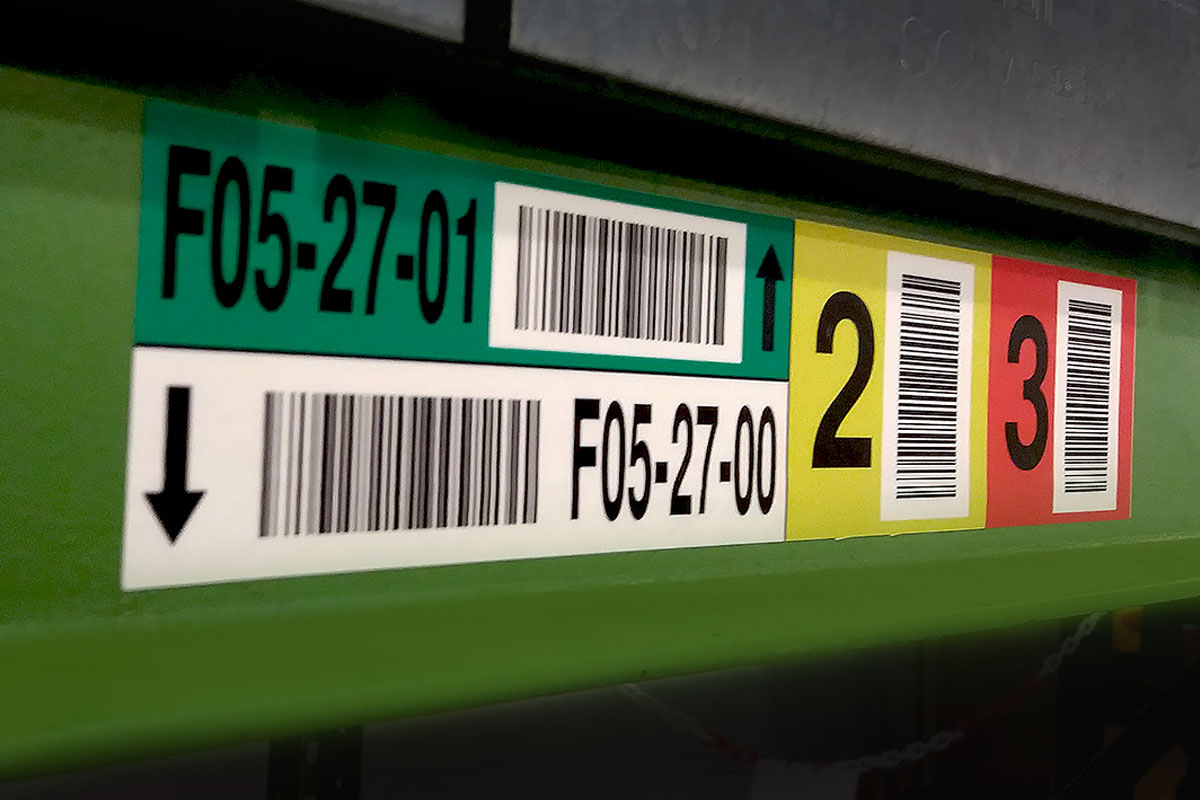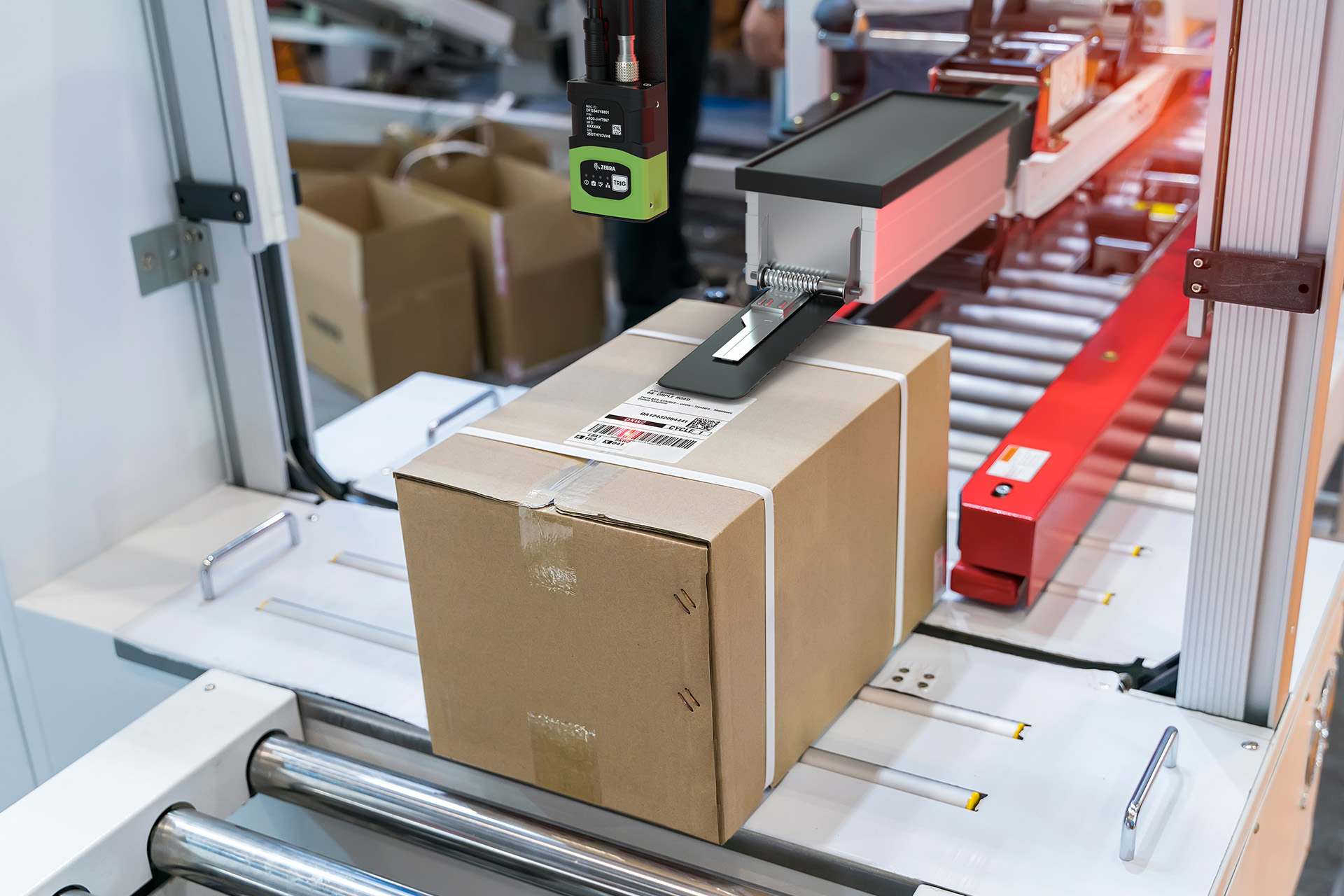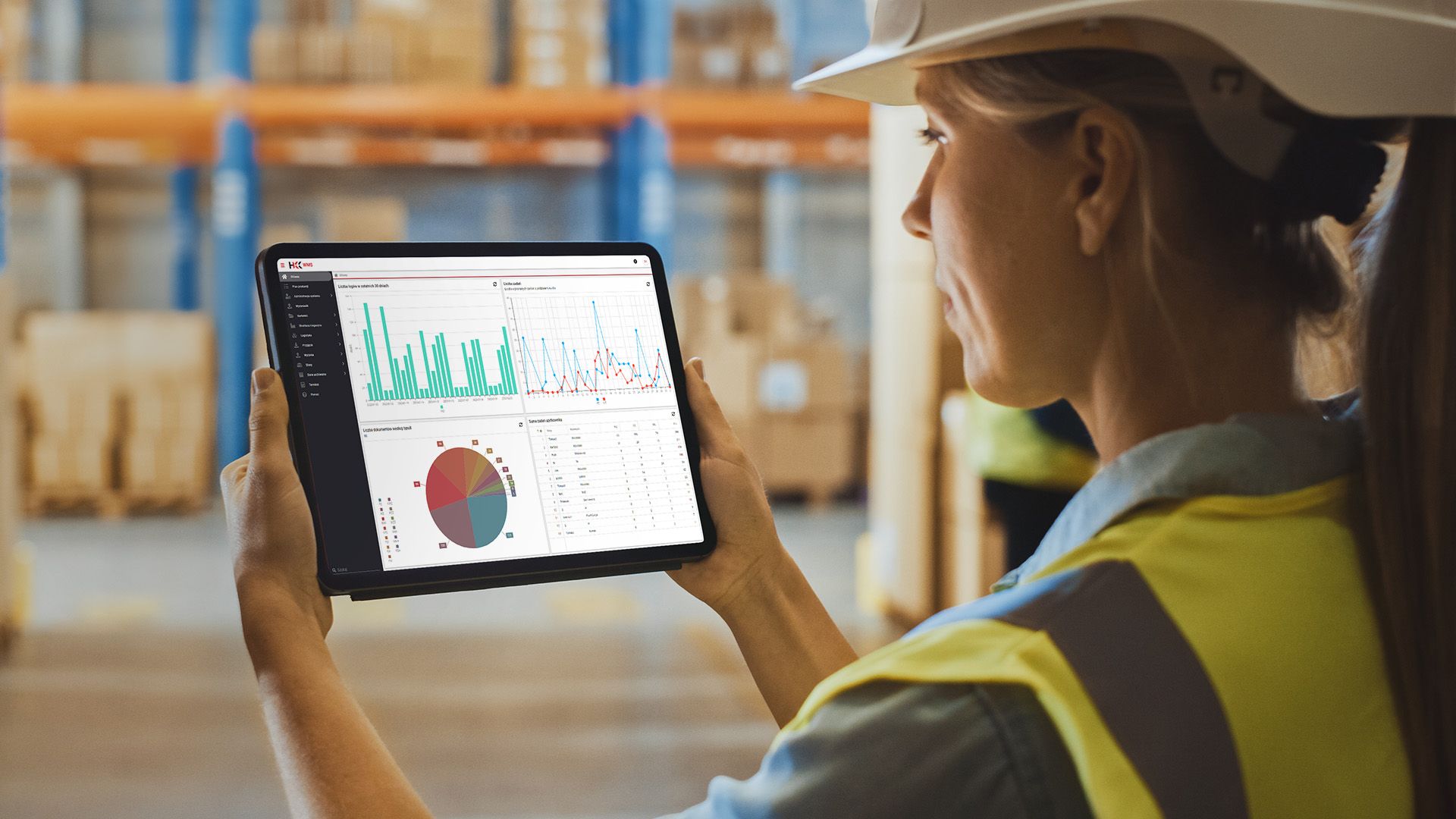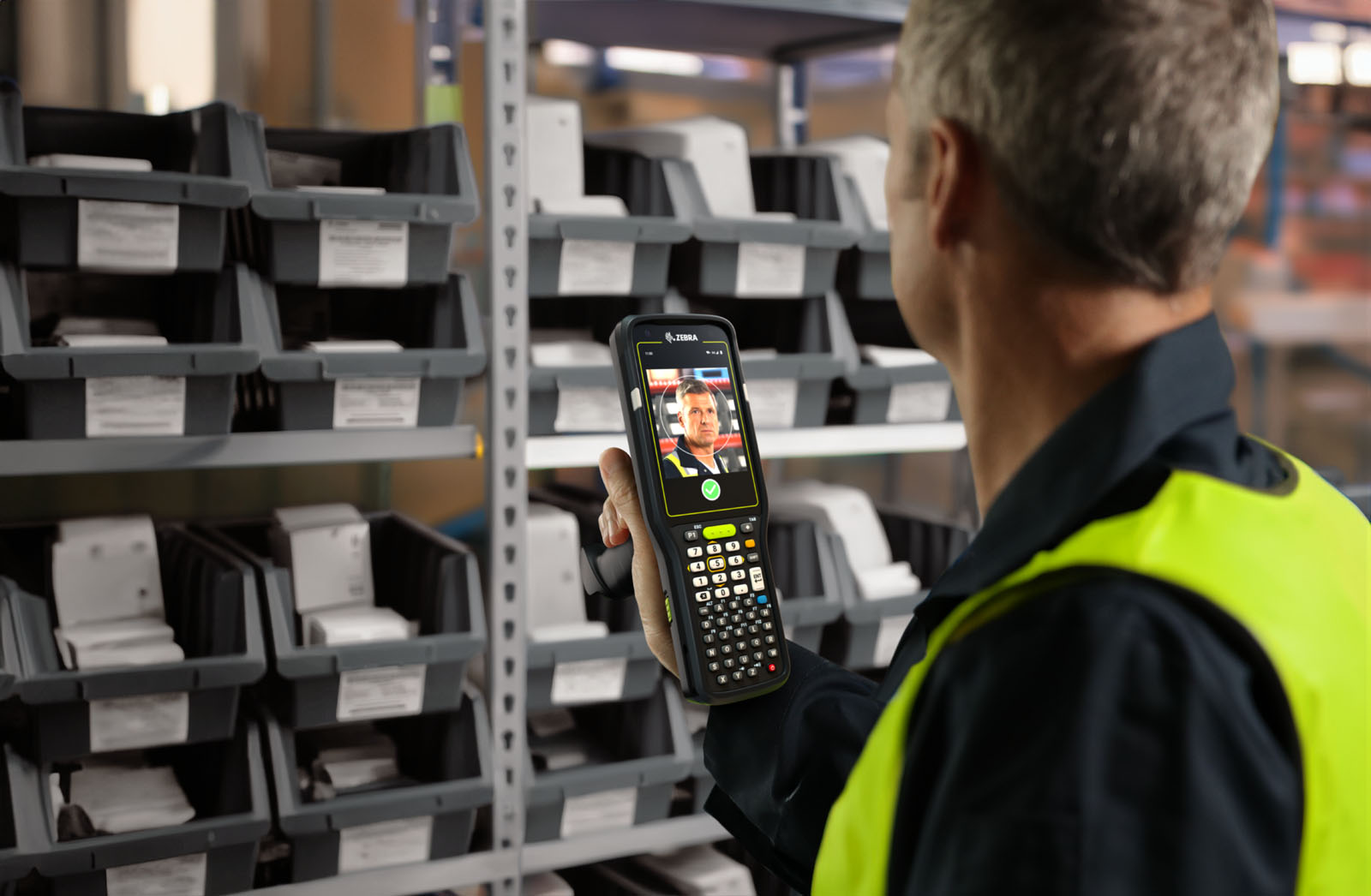Key information:
Barcode during warehouse receipts.
Receipt of goods into the warehouse is the moment when the warehouse management system, i.e. the WMS, assigns an individual registration number to a given unit of goods, expressed in the form of a bar code (or, less frequently, a 2D code). This is because of the need to identify every countable unit of goods in stock. Such traceability has a not insignificant impact on the smooth progress of the next pieces of the warehouse puzzle.
Registration number with barcode during storage.
Assigned during the receipt of goods into the warehouse, the registration combines the product data (such as its name, shelf life data, dimensions) with a unique code. During the storage process, the WMS system analyzing the product data selects the optimal storage location for such goods. Optimization can take place based on factors defined by the WMS administrator, such as weight, frequency of turnover of a given commodity, expiration date and many other optimization strategies.
Registration number during completion.
The unique registration number assigned during the reception is used during the picking of goods under customer orders. The WMS operator is directed to a specific storage location, where he should find the goods to be picked. The fact that the goods are taken from the storage location is confirmed by scanning the bar code of the registration number.






